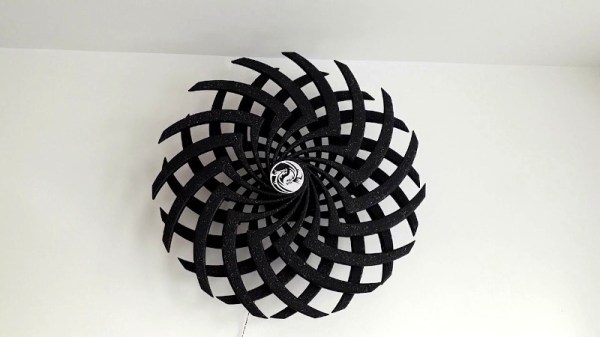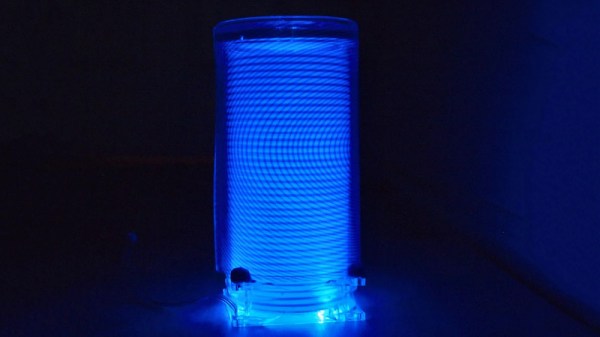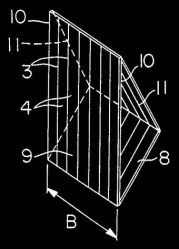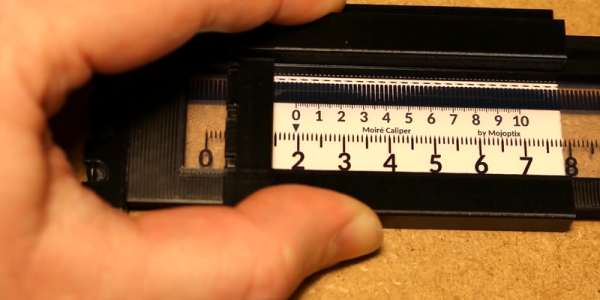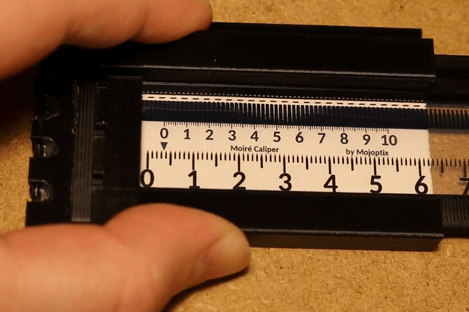If you’ve ever seen artifacts on a digital picture of a computer monitor, or noticed an unsettling shifting pattern on a TV displaying someone’s clothes which have stripes, you’ve seen what’s called a Moiré pattern where slight differences in striping of two layers create an emergent pattern. They’re not always minor annoyances though; in fact they can be put to use in all kinds of areas from art to anti-counterfeiting measures. [Moritz] decided to put a few together to build one of the more unique clock displays we’ve seen.
The clock itself is made of four separate Moiré patterns. The first displays the hours with a stretching pattern, the second and third display the minutes with a circular pattern, and the seconds are displayed with a a spiral type. The “hands” for the clock are 3D printed with being driven by separate stepper motors with hall effect sensors for calibration so that the precise orientation of the patterns can be made. A pair of Arduinos control the clock with the high-accuracy DS3231 module keeping track of time, and [Moritz] built a light box to house the electronics and provide diffuse illumination to the display.
Moiré patterns can be used for a number of other interesting use cases we’ve seen throughout the years as well. A while back we saw one that helps ships navigate without active animations or moving parts and on a much smaller scale they can also be used for extremely precise calipers.
Continue reading “Using The Moiré Effect For Unique Clock Face”


